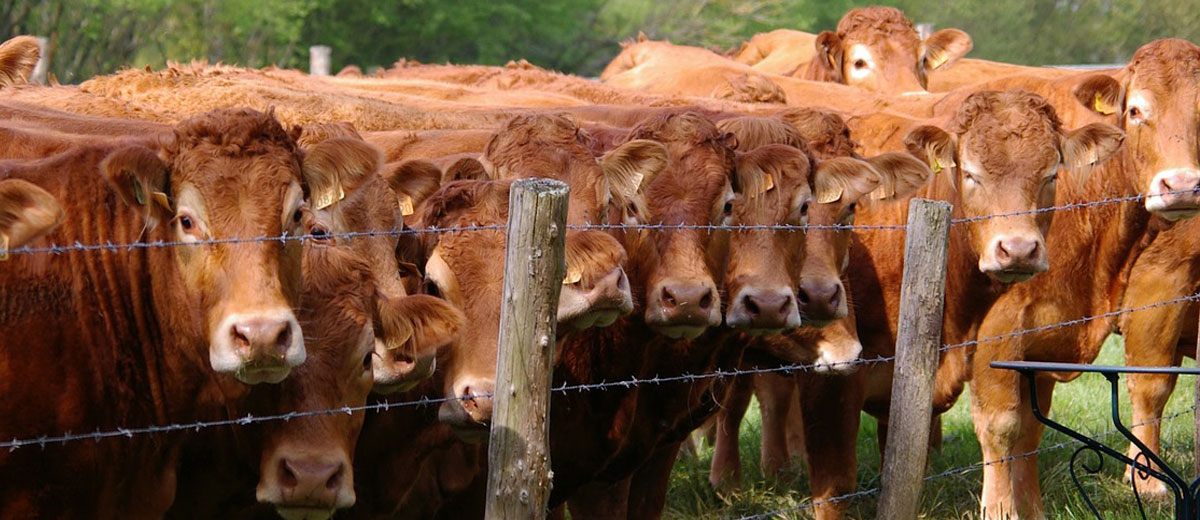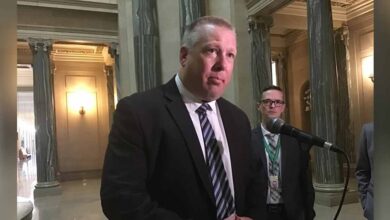
Let’s Celebrate…Guy Fawke’s Night
‘Remember, remember the fifth of November’ is the first line of an old British poem. For over 400 years, on the 5th of November, people in Britain have celebrated Bonfire Night, also called Guy Fawkes Night, where they light bonfires and fireworks to remember the arrest of Guy Fawkes and the failure of the so-called ‘Gunpowder plot’ to blow up the English Houses of Parliament in 1605.
The history
On the night of November 4th 1605, following a tip-off through an anonymous letter, Guy Fawkes was caught guarding thirty-six barrels of gunpowder in a cellar beneath the Houses of Parliament in London.
The conspirators of the Gunpowder Plot were Roman Catholics who opposed the lack of religious tolerance under King James I. They planned to assassinate James and his government by blowing up the House of Lords during the State Opening of Parliament on November 5th 1605. This was to be the start of a series of actions across England that would lead to the installation of James’ daughter Elizabeth as a new Catholic head of state.
Fawkes and seven others were tried and convicted of treason and executed in January 1606. His head was among those displayed on pikes at London Bridge.
Now, Bonfire Night takes place in commemoration of the date that Guy Fawkes and his conspirators had intended to set their plan in motion, and on which date Fawkes was caught. Had their plan gone ahead, not only the king, but most members of government and many civilians would have been killed. When news broke of this narrow escape, people around London began to light bonfires in celebration.
In recognition of the event, parliament passed the Observance of 5th November Act, also known as the Thanksgiving Act, on the 23rd of January 1606 – mere days before Fawkes and his conspirators were executed. This was enforced as an annual public holiday, originally intended to allow time for church attendance to give thanks for the king’s survival. Many puritan members of parliament believed the king’s narrow escape to be evidence of divine intervention, and a special new service was added to the Church of England’s Book of Common Prayer for the occasion.
Not much is known about the early Bonfire Night celebrations, but over the years it became an unfortunate focus for anti-Catholic sentiment. Alongside the usual Guy, effigies of the pope were also burned. These kinds of celebrations became increasingly violent into the 19th century. By the 1850s, religious attitudes were beginning to change, and the Observance of 5th November Act was repealed in 1859.
In spite of this sometimes unpleasant past, Bonfire Night has remained in place on its original date, and has become a positive celebration of friends, family, and keeping warm by the bonfire as the days get shorter.








































